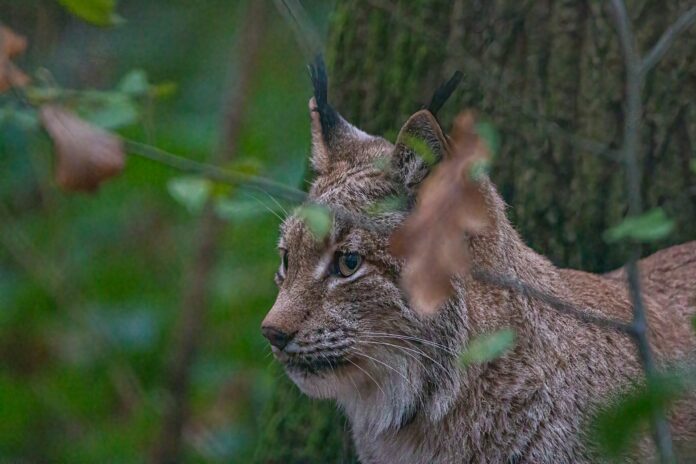Spain and Portugal celebrate as Iberian Lynx populations rebound significantly, prompting a change in conservation status
Less than a quarter-century after facing imminent extinction, the Iberian lynx population has staged a remarkable recovery across Spain and Portugal. The International Union for Conservation of Nature (IUCN) announced on Thursday that the species, once classified as endangered, has now been reclassified as vulnerable on the global red list of threatened species.
The resurgence of the Iberian lynx, credited to a dedicated 20-year conservation program involving collaboration among the European Union, regional and national governments of Spain and Portugal, wildlife NGOs, and local communities, has been nothing short of extraordinary. The latest census recorded a substantial increase in lynx numbers on the peninsula, rising from a precarious 94 individuals in 2002 to a reassuring 2,021 in the previous year. Of these, nearly 86% were found thriving in various regions across Spain.
Embed from Getty ImagesThe decline of Lynx pardinus during the 20th century was precipitated by historical factors including the implementation of laws during the Franco era that targeted wildlife deemed vermin, catastrophic drops in rabbit populations (the primary food source of the lynx), and habitat destruction. The concerted efforts to reverse this decline included measures to expand and diversify lynx populations across different habitats, rehabilitate rabbit populations, and raise public awareness about conservation challenges.
Craig Hilton-Taylor, head of the IUCN’s red list unit, described the achievement as a “great success story,” emphasizing the collaborative efforts that have been instrumental in revitalizing the lynx population. He cautioned, however, that climate change remains a looming threat, particularly with the increased incidence of wildfires in Mediterranean regions, which could potentially impact lynx habitats adversely.
Javier Salcedo, coordinator of the EU-funded Life Lynxconnect project, expressed astonishment at the species’ journey from critically endangered to vulnerable status over the past two decades. He noted that initial tracking projects in the early 21st century revealed a dire situation with only two populations and barely 100 lynxes, underscoring the severity of the initial challenges faced.
Ramón Pérez de Ayala, a lynx expert at WWF Spain, acknowledged the progress made but cautioned that significant threats persist. These include lynx fatalities due to road accidents and disease outbreaks among rabbit populations. Rabbit hemorrhagic disease and habitat loss continue to pose substantial risks, potentially undermining the lynx’s ongoing recovery efforts.
Analysis:
Political Perspective: The successful conservation efforts highlight the importance of international collaborations and governmental support in biodiversity preservation. It underscores the role of policy frameworks and funding in achieving conservation milestones.
Social Perspective: From a societal standpoint, the Iberian lynx’s recovery resonates as a testament to human intervention and collective responsibility towards protecting endangered species. It fosters public awareness and pride in conservation achievements.
Racial Perspective: While not directly related to race, the conservation success demonstrates inclusivity in biodiversity conservation efforts, ensuring that all species, regardless of background, receive necessary protection.
Gender Perspective: Gender considerations in this context focus on the broader societal impact of biodiversity conservation efforts rather than specific gender dynamics.
Economic Perspective: Economically, the lynx’s recovery could enhance ecotourism opportunities, benefiting local economies through wildlife-based tourism activities and job creation in conservation-related sectors.
